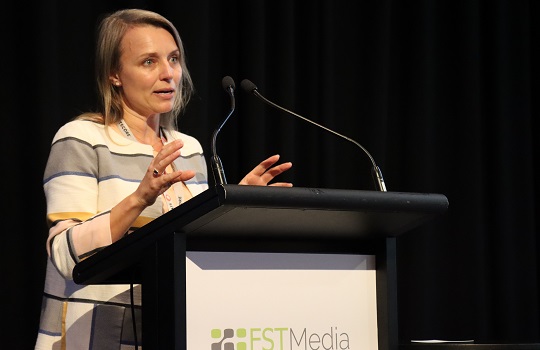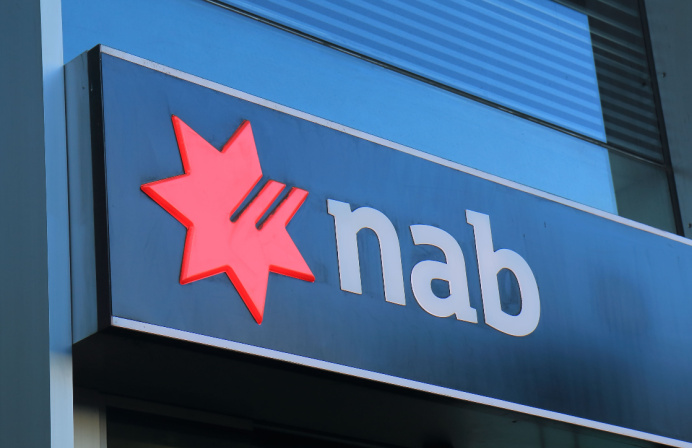
Nicole Buisson, chief customer officer at Open, one of Australia’s leading digital-only insurers and insurtech developers, has called on established insurers to further their investment in and development of APIs, enabling their products to be seamlessly embedded in partner organisations “where customers want to buy it”.
Speaking at FST’s Future of Insurance 2022 event, Buisson said such API-enabled partnerships not only give insurers access to a potentially untapped consumer market, but also enable them to plug into new data streams, including ‘open data’, that can enrich and accelerate customer experiences.
Considered one of the fundamental building blocks of Open’s business, APIs – which she notes can effectively bypass legacy technologies – are enabling insurers to tap into new, open data streams that can “pull quote flows” to deliver better and faster decisioning.
Open, which alongside its customer-facing brand Huddle, also offers “embedded”, white-label insurance products through its partners.
The insurtech has secured partnerships with Telstra, EnergyAustralia, health insurer ahm, and vehicle insurer Plenti. Offering primarily car and home insurance products, Open is underwritten by Hollard.
Citing a recent EY report, she noted that two out of every three consumers are now willing to consider a financial services product offered by a non-financial services company.
According to Buisson, these partnerships now represent around half of Open’s business today.
She noted the quid pro quo possibilities enabled through these partnerships – particularly in the exchange of data to deliver value-added customer services.
“We partner with the Telstra Plus program to sell our Huddle [branded] insurance, which enables people who buy [our products] to collect reward points.
“We believe that utilities, including telcos and energy providers, are really good places to sell insurance. People have to buy all of these products every year, and it’s possible to put them all on one bill.”
For customers, they benefit by gaining access to insurance “at the right place and at the right time when [they] need it”, Buisson said. Yet, by also tapping into the “right digital flow” and “leveraging data” between services, insurers can improve and further personalise services, including, for instance, an emerging capability to adjust their prices to meet real-time demand.
And for partners, they benefit by gaining a new revenue stream.
“When you think about a telco business, it’s quite competitive at the moment, so they’re interested in new revenue streams.
“They’re also interested in providing new, interesting products to their customers. And then finally, there’s a churn benefit as well – the more products obviously that a customer has, the more that churn reduces.”
What to look for in a partner?
Buisson noted a number of key criteria for insurers to look for from partner organisations offering their products:
- A strong customer base: Understand who your partner’s customers are, because “you need people to actually sell to!”
- Marketing capability: “This very important,” Buisson said, insurance after all “doesn’t sell itself”. “We like to make sure that anyone we’re partnering with is investing in that marketing, and our teams work very closely with partners on that marketing.”
- Position product where insurance is relevant: “We’re very keen on car finance flows or mortgage finance flows, places where customers need insurance to close out finance, for example.”
- Integration and a ‘digital mindset’: Digital-native partners that are able to integrate with APIs. And leveraging the value-added possibilities of data.
- Corporate responsibility: “At Open, we’re always interested in partnering with people that are aligned with ESG and B Corp values”.





